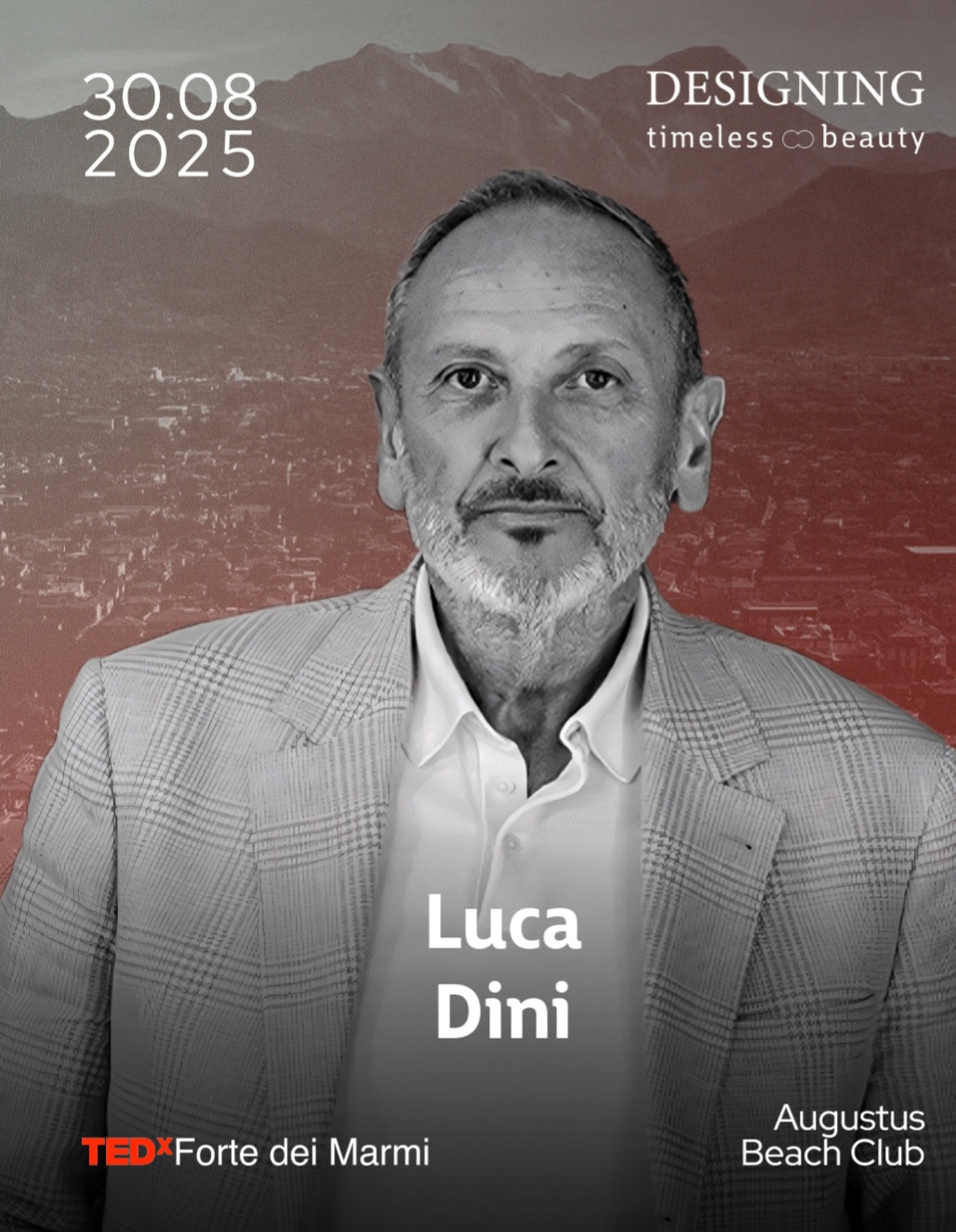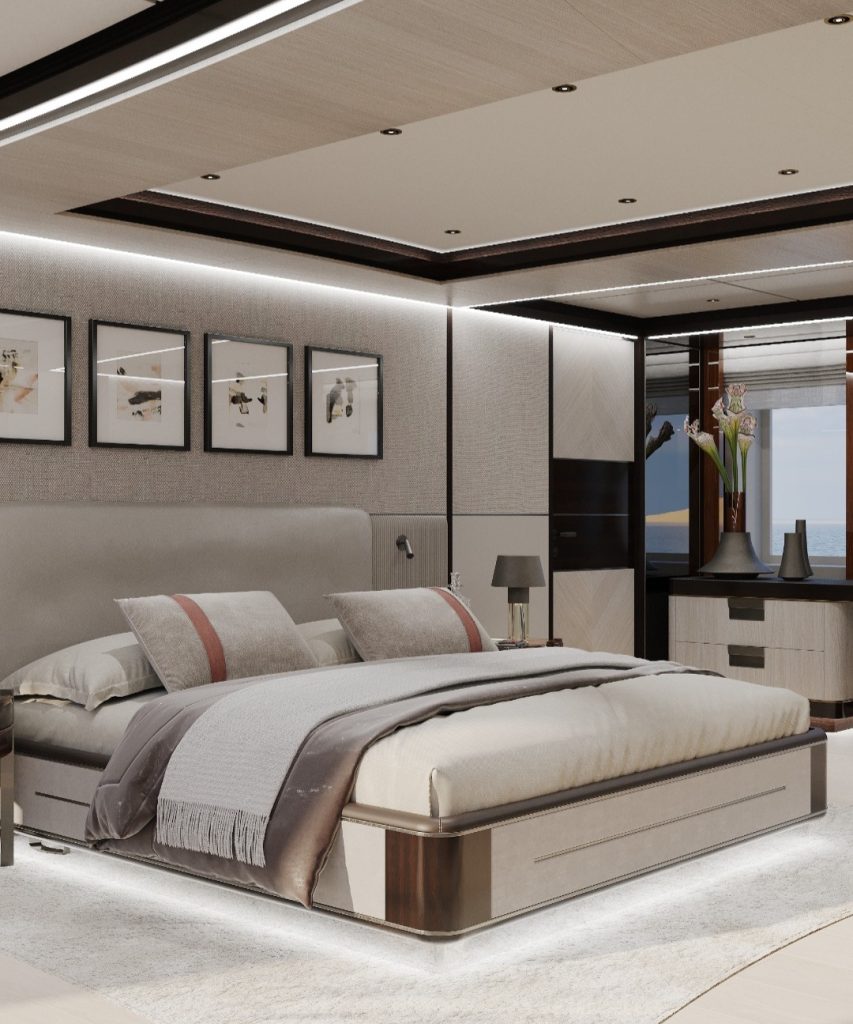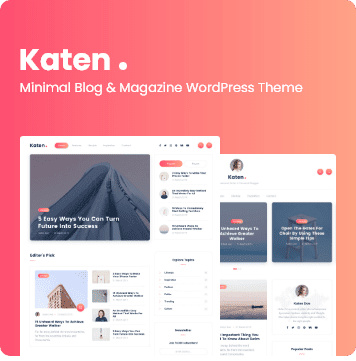
Luca Dini on the Convergence of Yachts and Architecture at TEDxForteDeiMarmi
The frame
At TEDxForteDeiMarmi, Italian designer Luca Dini explored a simple idea with broad consequences: when yacht design borrows the discipline of high-end architecture—and architecture, in turn, learns from the constraints of the sea—spaces become calmer, more efficient, and far more personal. No spectacle. Just refinement and continuity.

Forte dei Marmi is an apt backdrop: Tuscan craft, marble, and meticulous joinery meet a global yachting community. Dini’s Florence-based studio works at this crossroads—superyachts, bespoke residences, boutique hospitality—so the talk naturally focused on how these worlds are blending.
Key ideas—clear and without noise
1) Spatial choreography, not just square meters On board, every step matters. Dini stresses circulation—how a guest moves from tender to salon to owner’s deck—much like a penthouse layout that hides service routes and reveals views at the right moment. The result feels larger without adding length or gross tonnage. It’s architecture’s planning logic, tuned for motion.
2) The architecture of silence Luxury isn’t louder—it’s quieter. Lessons from residential acoustic design (decoupled partitions, damped subfloors, soft‑hard material balance) now appear in owner staterooms, spas, and cinemas at sea. Add lighting hierarchies—ambient, task, accent—programmed as scenes rather than switches, and fatigue drops while attention to detail rises.
3) Tactility that travels well Stones, open‑pore woods, woven textiles: the palette reads residential, but with marine discipline—weight, expansion, salt, maintenance cycles. The goal is tactile longevity: surfaces that age gracefully and invite touch, rather than glossy panels that feel anonymous after a season.
4) Sustainability as engineering culture Architecture’s lifecycle thinking—materials provenance, repairability, energy loops—is informing yacht decisions: battery‑supported hotel loads, heat recovery for wellness areas, smart ventilation in galleys and gyms. It’s not about headlines; it’s about silent efficiency owners notice after year two, not week one.
5) One aesthetic, many addresses Owners increasingly want a single design language across primary residence, chalet, pied‑à‑terre, and yacht. That means aligned proportions, light temperatures, hardware, even aroma profiles. When you step aboard after a long flight, the place should already “recognize” you.

How convergence appears in real projects
- Living core, moving shell. Think of a central, residential‑grade “core” (galley + pantry + service stairs + laundry) wrapped by guest areas. Architecture’s back‑of‑house logic reduces cross‑traffic and protects privacy on busy weekends.
- Wellness without compromise. Hydrotherapy, cold plunge, massage, and quiet cardio zones fit into yacht envelopes by borrowing hotel‑spa zoning (dry/wet buffers, acoustic locks) and using yacht‑grade plant in compact racks.
- Light as a material. Daylight is curated like in a coastal villa: deeper reveals, blinds that disappear, skylights positioned for morning rituals, and warm‑dim LEDs for evening meals. Mood follows light; crew workload falls.
These are not showroom gestures; they’re long-horizon choices that support resale and reduce owner fatigue.
For owners: why it matters
- Timelessness and liquidity. “Quiet” interiors hold value; they’re easier to refit around. Buyers recognize calm planning and real materials.
- Low cognitive load. Clear sightlines, soft acoustics, and scene‑based lighting cut decision fatigue. You feel it after three days aboard.
- Team alignment. The best results come when yard + architect + naval engineer + acoustician + lighting designer work as one. Convergence is a team sport.
What’s next, according to Dini’s line of thought
Expect more biophilic cues (porous boundaries between inside and deck), adaptive materials that respond to heat and light, and shared digital models that let a residence and a yacht evolve in tandem—finishes, hardware, even art placement—without reinventing the brief every time.
Side notes (kept brief)
About Luca Dini. Florence-based Luca Dini Design & Architecture is known for superyacht exteriors and interiors alongside high-end residential and hospitality work. The studio’s signature is understatement: proportion, light, and tactility first.
About TEDxForteDeiMarmi. An independently organized TEDx event hosted in Forte dei Marmi, Tuscany, bringing global ideas to a local stage with a strong design and craft community.
Credits. If you plan to include images from the talk or project photography, clear usage with the organizers and studio; concise captions keep the article elegant.
Closing thought
Convergence is not a trend piece—it’s a maturity curve. Owners don’t have to choose between the clarity of a well‑planned home and the emotion of a yacht; the same design language can do both. When architecture and naval thinking work together, you get something rare: places that travel with you—quietly, confidently, and for a very long time.




